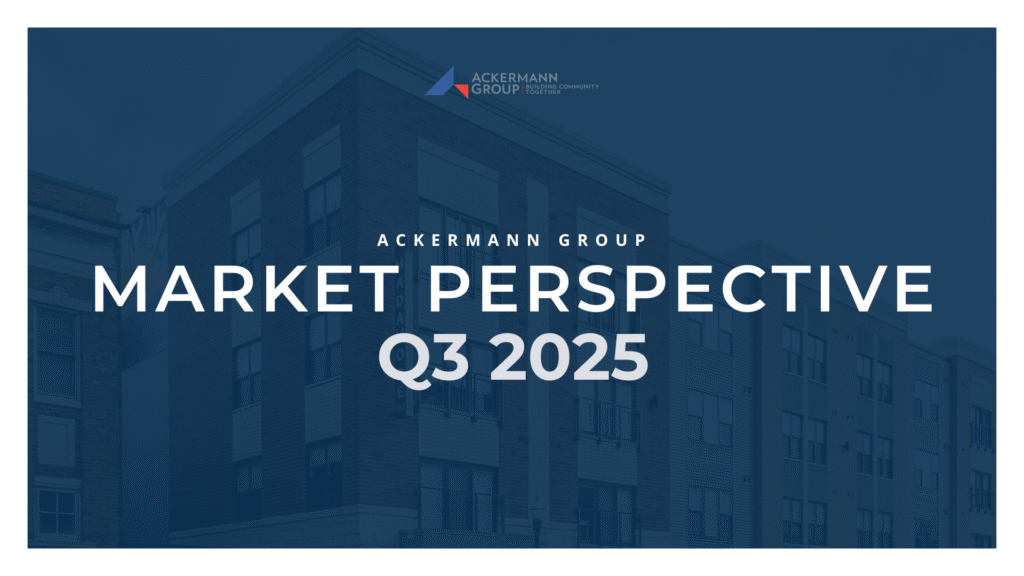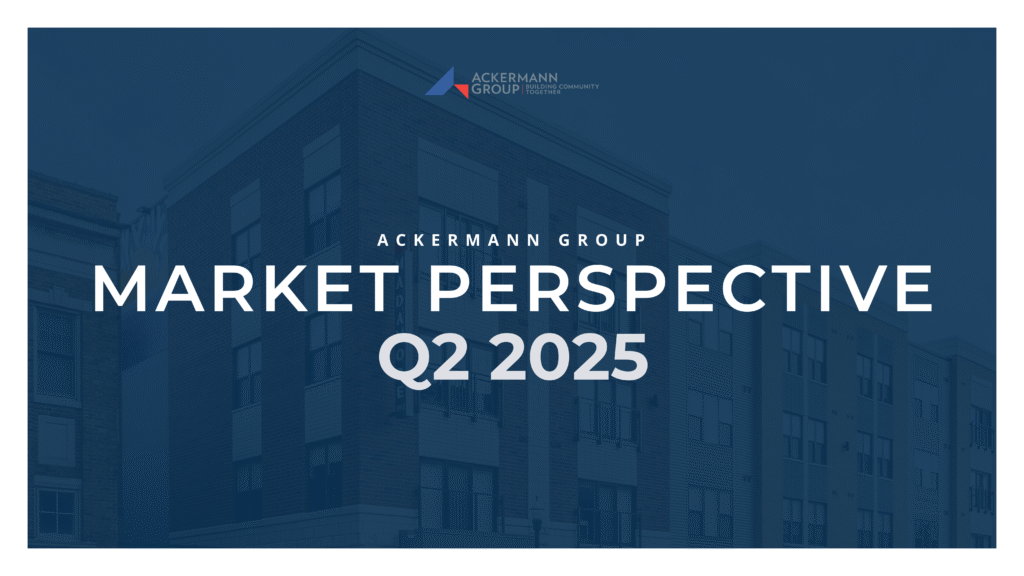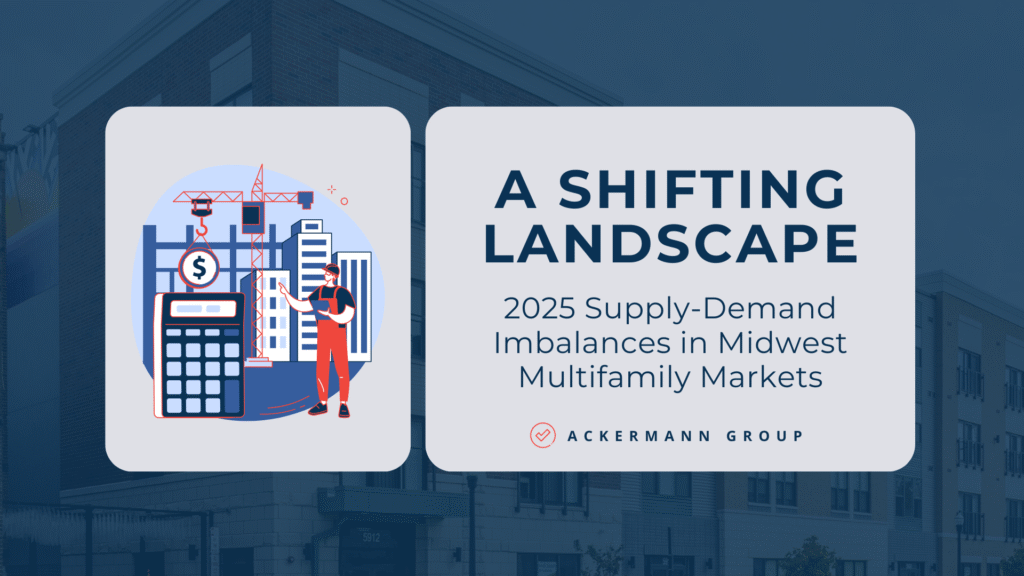Columbus, OH – A Blueprint for Multifamily Growth in the Heartland
For years, real estate conversations have been dominated by the same familiar names, New York, Los Angeles, San Francisco, Boston, Miami. But beneath the headlines, another story is unfolding, one that’s reshaping how we think about growth, resilience, and opportunity in multifamily real estate. It’s happening in secondary markets, and Columbus, Ohio is leading the charge.
For us, Columbus isn’t a side bet; it’s a centerpiece of our strategy, with Columbus metros making up 46% of our portfolio. But more than that, we see it as a case study for what the next decade of real estate could look like across the country. For owners, brokers, developers, and managers alike, Columbus offers more than upside; it offers insight.
Secondary Markets as Primary Opportunities
The traditional playbook in multifamily investing is evolving. The gravitational pull of gateway cities is giving way to a new set of considerations like affordability, quality of life, infrastructure readiness, and economic diversification. Columbus represents a paradigm we hold to be true: secondary doesn’t mean second-rate.
The metro area is home to 2.2 million residents and climbing, with projections to exceed 2.5 million by 2050. Even more telling, it ranks among the top 10 nationally for residents aged 25–34, representing the backbone of both rental demand and future homeownership. For real estate professionals across disciplines, that’s not just a stat — it’s a signal.
When we evaluate markets, we look for a specific constellation of factors:
- Sustainable Population Growth
- Sectoral Investment Tailwinds
- Institutional Anchors with Long-Term Commitments
- Favorable Demographics and Workforce Development
- Public/Private Alignment for Economic Development
Columbus checks every one of these boxes – and more.
Columbus isn’t growing by accident. Its ascent is the result of coordinated public-private strategy, diversified sector investment, and a serious commitment to human capital.
Since 2011, the city has added over 80,000 new jobs, with nearly $1.8 billion in payroll and 19,000 jobs committed in just the past three years. This includes major plays in:
- Life sciences and biotech
- AI and cloud computing
- Advanced materials and defense tech (e.g., Anduril’s $900M facility with 4,000 new jobs)
- Semiconductor manufacturing (pending Intel’s transformational campus arrival)
These are not flash-in-the-pan announcements. They’re deep investments in infrastructure, education, and workforce. The kind that signal staying power.
Often overshadowed in national narratives, Columbus is quietly becoming a top-tier data center hub, ranking #3 nationally behind only Northern Virginia and Portland. Tech giants like AWS, Meta, and Google have staked major claims here, and capacity is expected to double over the next cycle.
Case in point: Intel’s partnership with Columbus State to build a workforce certification pipeline. Or the region’s successful attraction of foreign direct investment from Japan, South Korea, and Italy. These aren’t incidental; they reflect a market that understands its future and is investing accordingly.
This convergence of real and digital infrastructure supports not only economic growth, but the stability and tax base that multifamily operators rely on. From PILOT agreements to utility investments, these assets reinforce a virtuous cycle.
Retail Resilience and Lifestyle Stickiness
Unlike many metros facing retail distress, Columbus has posted record-low retail vacancy for three straight quarters. It’s a marker of consumer confidence and balanced mixed-use planning, a good sign for walkable, amenity-rich multifamily communities.
More than numbers, this is about livability. Columbus offers a compelling blend of affordability, culture, and urban energy. Elements that keep renters engaged and encourage long-term tenancy.
The story of multifamily is no longer just about chasing yield in high-cost metros. It’s about understanding where growth is being built from the ground up. As capital becomes more selective, and performance pressure intensifies across the value chain, the smartest players will look to markets like Columbus, not as backup plans, but as bellwethers.
Whether you’re placing capital, advising clients, or leasing up new units, consider this your invitation to look differently at the Midwest. You might just find the future of real estate is already here.



